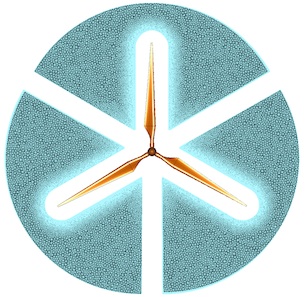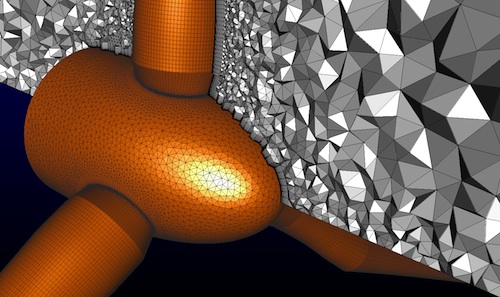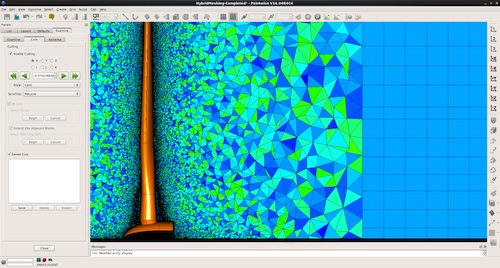Check it Out: How to Master Hybrid Meshing for Wind Turbines
Latest News
December 4, 2001
By Anthony J. Lockwood
Dear Desktop Engineering Reader:
 The accuracy of your CFD (computational fluid dynamics) analysis depends upon the quality of your mesh. But making a mesh of things is the most time-intensive and the hardest step in your CFD analysis process. Time is often the determinant factor in how you approach the job; making a grid can represent as much as 80% of a CFD project’s hours. Pointwise has been developing software for CFD mesh generation and pre-processing since 1984. Its software is designed to enable you to leverage a modern user interface and automated and manual controls to produce high-quality structured, unstructured, and hybrid meshes so that you can obtain accurate and reliable results in less time than you’ve previously experienced.
The accuracy of your CFD (computational fluid dynamics) analysis depends upon the quality of your mesh. But making a mesh of things is the most time-intensive and the hardest step in your CFD analysis process. Time is often the determinant factor in how you approach the job; making a grid can represent as much as 80% of a CFD project’s hours. Pointwise has been developing software for CFD mesh generation and pre-processing since 1984. Its software is designed to enable you to leverage a modern user interface and automated and manual controls to produce high-quality structured, unstructured, and hybrid meshes so that you can obtain accurate and reliable results in less time than you’ve previously experienced.
Today’s Check It Out is about one of the better webinars I’ve seen lately. Its title is “How to Master Hybrid Meshing for Wind Turbines.” It does not matter if you’re not into wind power generation. The value of this presentation is broader than the subject at hand, which is not to say that the subject isn’t well covered. It is.
But, what you will see here is a nearly complete—the presenter says 95%—mesh generation using Pointwise software. That part of the webinar takes about 35 minutes, which includes the occasional question from attendees. Thirty-five minutes from start to finish to create a mesh—that is what’s so impressive. And it’s not one of those demos that leaves your eyes spinning because the guy doing it moves so fast. You can follow along easily. If you’re unfamiliar with Pointwise, you’ll soon note, as did I, that the interface seems smooth, flexible, and intuitive to use.

What’s being meshed is a Sandia National Lab CX100 horizontal axis wind turbine blade. Such a blade generates power through lift, so an efficient design needs to have low drag. Your two primary drags are the boundary layer and the wake. The demo shows how you can construct high-quality boundary layer and wake regions using Pointwise’s extrusion techniques and how you can reduce the effort required to create complex meshes by coupling structured and unstructured regions.

Early in the presentation, there’s an excellent discussion on the benefits and drawbacks of using fully structured and unstructured mesh topologies. The final 20 minutes or so of the webinar are Q&A. Hint: Smart people attended the live broadcast. And none of the webinar is soaked in marketing hype, BTW. It’s a clean script for engineers, I suspect, by engineers.
So, hit the link and get started. No registration required. If generating meshes for CFD analysis is in your job description, then this rebroadcast is a must see.
Thanks, pal.—Lockwood
Anthony J. Lockwood
Editor at Large, Desktop Engineering
Subscribe to our FREE magazine, FREE email newsletters or both!
Latest News
About the Author
Anthony J. Lockwood is Digital Engineering’s founding editor. He is now retired. Contact him via [email protected].
Follow DE





